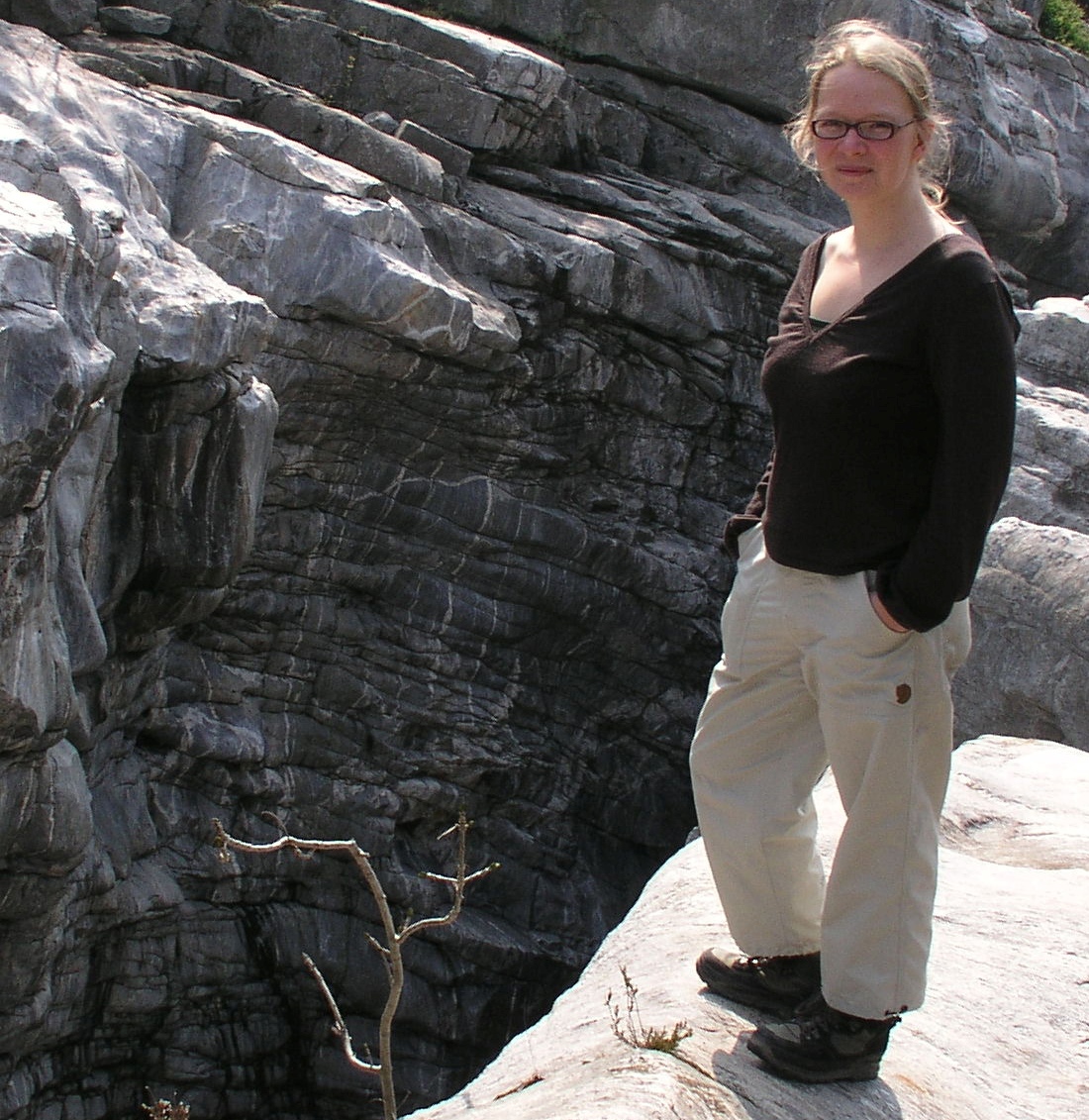The Jiggins Lab Webpage
Dr Lena Wilfert
 |
 |
 |
Research Interests |
| Lenas research focuses on the evolution of host-parasite interactions. She is particularly interested in the maintenance of genetic variation and recombination in natural populations, two unsolved evolutionary puzzles. As proposed in the Red Queen hypothesis, the antagonistic co-evolution of hosts and their parasites may not only preserve allelic diversity in particular genes involved in resistance or virulence, but may also be an important factor in maintaining sexual reproduction and recombination. Using the Drosophila melanogaster - Sigma virus interaction, she is studying the population genetics of a potentially rapidly evolving host-parasite system. Particularly, she is interested in the adaptive value and dynamics of resistance and virulence mutations in natural populations. |
Employment |
| 2007 - Post-Doc, Institute of Evolutionary Biology, University of Edinburgh
2006 - 2007 Post-Doc at ETH Zurich, Switzerland, Institute of Integrative Biology 2002 - 2006 PhD at ETH Zurich, Switzerland, Institute of Integrative Biology 2000 - Internship at CNRS Marseille, France, Groupe de communication chimique 1997 - 2002 University of Bayreuth, Germany, Diploma in Biology (equivalent to M.Sc.) |
PublicationsWilfert, L, Gadau J, Schmid-Hempel P, 2007. The genetic architecture of immune defense and reproduction in male Bombus terrestris bumblebees. Evolution. 61: 804-815. [PDF]Wilfert, L, Gadau j, Baer B, Schmid-Hempel P, 2007. Natural variation in the genetic architecture of a host-parasite interaction in the bumblebee Bombus terrestris. Molecular Ecology. 16: 1327-1339. [PDF] Wilfert, L, Gadau J, Schmid-Hempel P, 2007. Variation in genomic recombination rates among animal taxa and the case of social insects. Heredity. 98: 189-197. [PDF] Wilfert, L, Gadau J, Schmid-Hempel P, 2006. A core linkage map of the bumblebee Bombus terrestris. Genome. 49 :1215-1226. [PDF] Wilfert, L, Kaib M, Durka W, Brandl R, 2006. Differentiation between populations of a termite in eastern Africa: implications for biogeography. Journal of Biogeography. 33: 1993-2000. [PDF]
|